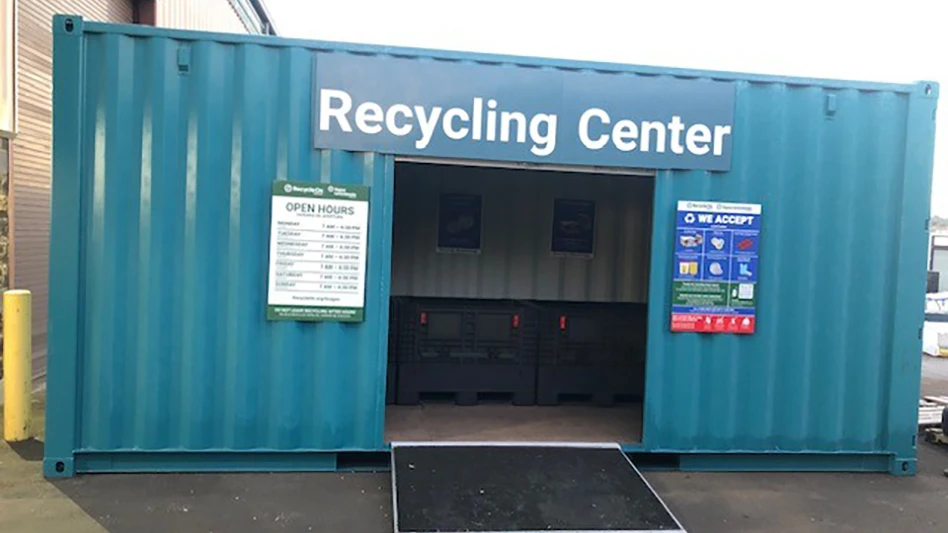
The U.S. House of Representatives passed H.R. 2250, also known as the EPA Regulatory Relief Act on Oct. 13, 2011. The passing of this bill is considered an important victory for the construction and demolition recycling industry, especially for those who send their wood to boilers.
"It was nice progress to see the House bill getting passed," Jason Haus of DemCon Cos., Shakopee, Minn., tells Construction & Demolition Recycling magazine."The Senate bill is still being worked on and the number of sponsors continues to grow to support the bill. It was a step in the right direction."
Haus adds, "Bill Turley from the CMRA (Construction Materials Recycling Association) also has informed the industry that the EPA has formally committed to reopen and look into revising the NHSM (Non Hazardous Secondary Materials) rule. This is another positive step for the industry. We are hoping that between the reopening of the rule and potential legislation that the industry once again can continue to recover one of the largest components in our material stream without unnecessary regulatory hurdles."
During the 2011 C&D Recycling Forum, held near Baltimore in late September, Haus, who is a CMRA and National Demolition Association (NDA) board member, shared with attendees how industry organizations are fighting the EPA’s NHSM rule.
“These rules affect the materials sent to these boilers, including C&D biomass products,” Haus told attendees.
Haus pointed to two bills, H.R. 2250 and S1392, which would remove EPA requirements for the rule. H.R. 2250 still needs to pass in the Senate along with S1392.
| Hear more from Jason Haus on the Non Hazardous Secondary Materials Rule. |
Haus explained the basis the NHSM is to determine if materials accepted by a combustor are defined as a solid waste. The rule, he said, is intended to differentiate the combustor permit vs. the biomass permit. An ad hoc group was formed, consisting of representatives from the CMRA, NSWMA (National Solid Wastes Management Association), Paper Recycling Coalition, American Forest & Paper Association (AF&PA), Rubber Manufacturers Association (RMA), the Biomass Power Council and others. The coalition met with EPA to provide background information on C&D biomass and how the rule would negatively impact the industry.
“Representatives went to D.C. to show technical data how wood was safe and powerful,” said Haus.
The group asked officials with the EPA to examine a proposal to solve the issues with current rule. According to Haus, the EPA proposed a solution, but was not sure if it was legal or would be challenged by environmental groups. This past July the industry group traveled to Washington, D.C. to ask for a “stay,” but the EPA refused the request.
“The EPA has indicated that C&D wood material is questionable,” said Haus. “The EPA has indicated that it is not a traditional fuel.”
According to Haus, initial studies counter the EPA claims that C&D wood is questionable. However, studies show C&D materials have overall lower contamination levels than traditional fuels, and the coalition is working to have an exemption by class of material where “processed C&D wood would be a class of material.” The group also jointly filed a suit against the EPA, which is on hold “until legislation runs its course,” said Haus.
Latest from Recycling Today
- US Steel to restart Illinois blast furnace
- AISI, Aluminum Association cite USMCA triangular trading concerns
- Nucor names new president
- DOE rare earths funding is open to recyclers
- Design for Recycling Resolution introduced
- PetStar PET recycling plant expands
- Iron Bull addresses scrap handling needs with custom hoppers
- REgroup, CP Group to build advanced MRF in Nova Scotia





